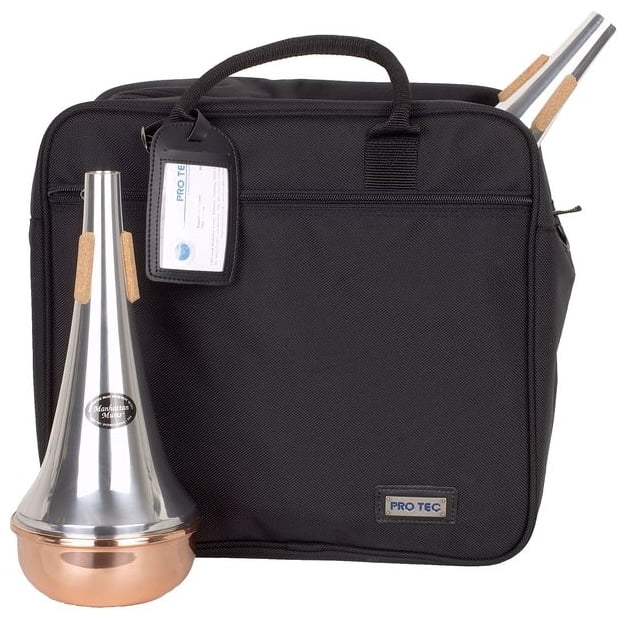Ok, so we’ve all been there…
You tell your grandma or distant relative that you have started to play the trombone and for the next twenty years you’re receiving gifts with treble clefs on. Don’t get me wrong, I love a good treble clef pencil - but when you start getting cuff-links and socks and ties it gets a bit old! So, here are some of our recommendations for the best gifts for a trombone player.
5 Gifts Every Trombone Player Will Love!
Trombone Cleaning Kit
Any trombonist will thank you for replenishing their cleaning supplies. For a beginner or someone lucky enough to be receiving an instrument as a present, I would highly recommend buying a kit as a bundle that contains multiple parts, as it is usually cheaper to buy in bulk than buy each item separately. A beginner cleaning kit should include:
- A mouthpiece brush – Keeping a mouthpiece clean is very important when playing a brass instrument for obvious reasons. If you are a beginner player, often cleaning and caring for your instrument is not a top priority but it really should be. Many teachers may neglect to teach you how to care for your instrument. Check out our handy step-by-step guide to mouthpiece cleaning if you need a quick refresher!
- Slide oil or cream – Keeping a trombone slide well lubricated and in good condition is paramount to the maintenance of your instrument.
- Valve oil – Yes, trombonists (if they have a trigger anyway!) need valve oil. Anything that helps us to avoid asking French horn players to borrow their oil is a plus in my book!
- Spray bottle – A quick spray with water before you play will help to keep the slide smooth and agile. One usually comes as part of a kit, but any spray bottle will do.
- Polishing cloth – Pretty self-explanatory but sometimes overlooked. There is nothing nicer than polishing your instrument before a big performance.
- Cleaning snake – Perhaps the most important cleaning item for a brass player. The cleaning snake allows you to maintain a clean interior and helps to flush out any nasty “lumps” that can gather inside your trombone.
For a beginner or someone who needs a full brand new cleaning kit, this one on Amazon is my recommendation.
If you wish to purchase any of the items listed above separately, just click on the links to see the products that we recommend.
Trombone Stand
This gift would be perfect for a player entering the world of ensemble playing. A trombone stand is so useful in many different ensemble settings, but particularly orchestral musicians and those that do a lot of shows will find it almost a necessity.
My recommendation is the Konig & Meyer stand as it is both extremely sturdy (I use the bass trombone model) and easily portable.
Mute Bag
Again, this gift would be perfect for an intermediate player who is starting to join ensembles. Most trombone mutes are way too big to fit in a musical instrument case, and when playing in higher level ensembles and bands, you are expected to have a full complement of mutes.
We recommend this tenor trombone mute bag for only a couple of mutes, but if you need to transport a full set then this bass trombone mute bag will be better suited. These bags also include compartments so that the mutes do not bang against each other and get dented.
Metronome and Tuner
All musicians should have access to a tuner and a metronome. While there are many great apps that you can download to help do the job, there is nothing better than having a physical device handy just in case. For a combined metronome and tuner, this Snark device has many excellent reviews . For just a metronome, I like this KORG. And for just a tuner, again, this KORG will do the job perfectly.
Pencil Clip
This sounds like possibly the most boring gift in the world but trust me - seasoned trombone players will thank you for it! A pencil clip attaches to the trombone and you can then slot a pencil into it. The amount of times I have misplaced pencils in my case and been stuck without one in a rehearsal is beyond belief and this handy little device will ensure that it never happens again. You can buy pencil clips for all brass players so if that special brass-playing someone in your life is prone to embarrassing pencil loss, buy them one!

